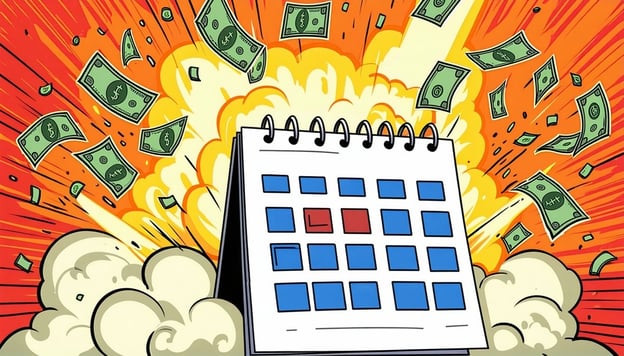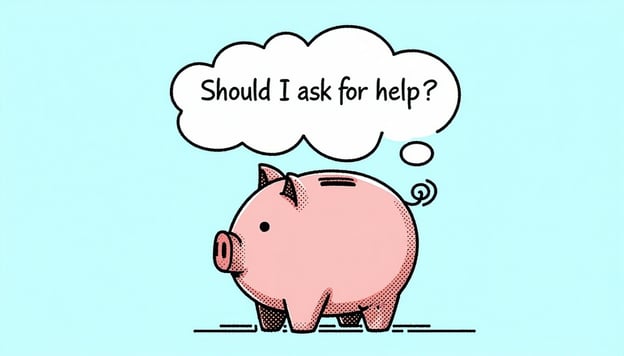How Do I Make a Financial Plan for Myself?

Dear Friend in Finance,
I've heard you say before that during times like these, it's important to stick to our financial plan, instead of just reacting to what the stock market is doing. Embarrassingly, I don't think I have a financial plan. I don't even know how to go about making one. How does a person create one?
Sincerely,
Failing to Plan
Dear Failing to Plan,
You are asking one of the most important questions anyone can ask!
Put simply, a financial plan is a roadmap. Like any good map, it helps you figure out where you are, where you want to go, and how you want to get there.
Where You Are
Two documents can help you figure this out: a balance sheet and a cash flow statement.
- A balance sheet lists everything you own and everything you owe at a specific point in time. From this, you can calculate your net worth (what you own minus what you owe). Even just taking the time to write this down puts you far ahead of most people — because without knowing where we are, we can't meaningfully plan where to go.
- A cash flow statement tracks how much money is coming in and going out over a period of time. Looking at your income and expenses over the course of a year can be especially powerful — particularly for performers or freelancers — because it helps you see the real trends behind temporary ups and downs.
Where You Want to Go
These are your goals.
Some goals are simple, like “I want to travel to Greece in three years.” Others are more complex, like “I want to be financially independent by age 55.” The key is to be specific about what you want and when you want it. That "when" is called your time horizon.
Knowing your time horizon is crucial. It can help you stay calm even when the market swings — because you’ll understand that your investments are meant for your timeline, not the market’s.
How to Get There
This is where strategy comes in.
For a simple goal like a trip, your plan might be to transfer $50 a week into a savings account. For bigger goals — like retirement — you’ll need a more detailed strategy. This is where concepts like risk capacity and risk tolerance come into play.
- Risk tolerance is how much market volatility you feel comfortable with.
- Risk capacity is how much risk your financial situation can handle.
Together, they help shape your asset allocation — meaning how much you invest in stocks, bonds, and other assets — and guide how aggressively or conservatively you pursue your goals.
Final Thoughts
You don't need a perfect plan to get started — you just need to start.
Creating even a basic map today can help you walk confidently toward a future that’s aligned with your dreams, instead of reacting to every bump in the road.
And if you ever want help putting it all together, you're not alone. That's what friends in finance are for.
Sincerely,
Your Friend in Finance
.png?width=100&height=100&name=image0(1).png)



